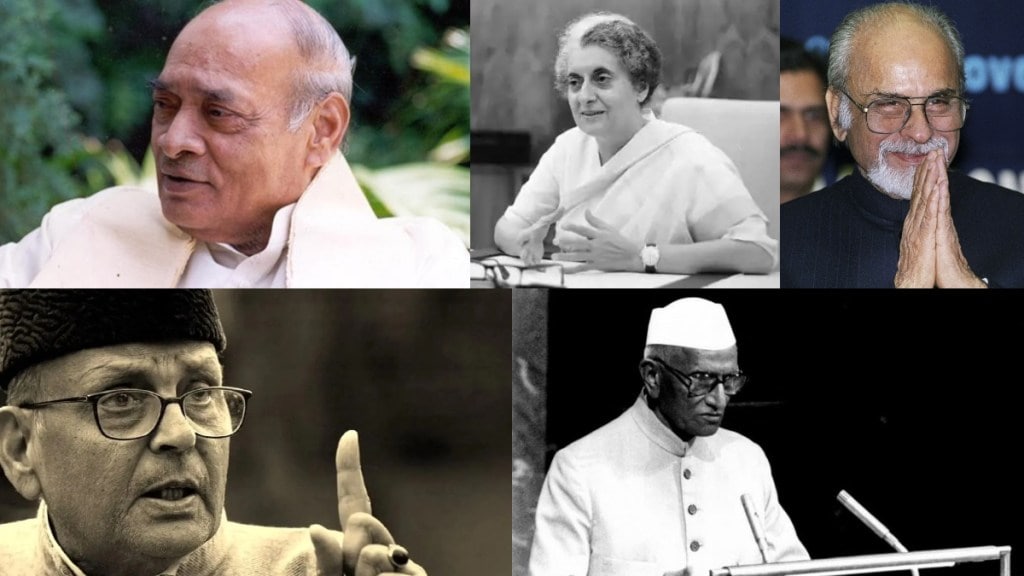India’s journey since independence in 1947 has been shaped by a series of dynamic leaders who have left indelible marks on the nation’s history. From Jawaharlal Nehru’s visionary industrialisation efforts to Narendra Modi’s contemporary economic reforms, each Prime Minister has navigated unique challenges and opportunities.
Nehru’s era marked the dawn of India’s tryst with destiny, steering the nation through the tumultuous post-colonial period with his progressive policies and non-aligned foreign diplomacy. Lal Bahadur Shastri’s brief but impactful tenure witnessed the genesis of slogans like “Jai Jawan Jai Kisan,” encapsulating the ethos of a burgeoning nation. Indira Gandhi’s formidable leadership saw India through both triumphs and tribulations, from the Green Revolution to the turbulent Emergency period. Subsequent leaders like Rajiv Gandhi and P.V. Narasimha Rao spearheaded economic reforms, while Atal Bihari Vajpayee solidified India’s nuclear prowess and diplomatic standing.
Below is a detailed list of India’s Prime Ministers and their contributions during their terms in office.
1. Jawaharlal Nehru (1947-1964)
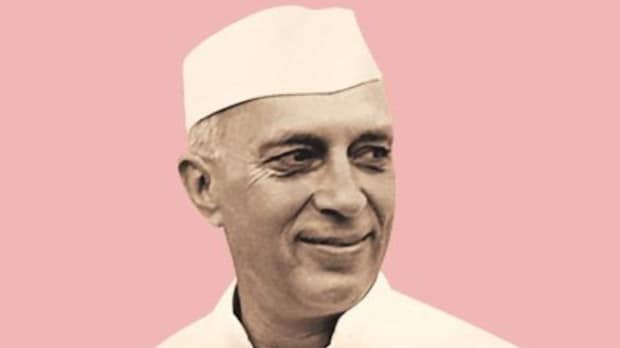
Jawaharlal Nehru, India’s first and longest-serving Prime Minister, held office from 1947 until his death in 1964. He was instrumental in shaping modern India, championing industrialisation with the establishment of major factories and dams, and promoting scientific education. Nehru also crafted India’s foreign policy of non-alignment, ensuring the country’s independence from both the United States and the Soviet Union during the Cold War.
2. Lal Bahadur Shastri (1964-1966)
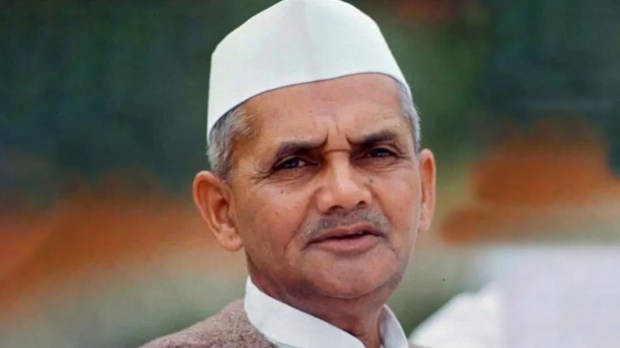
Lal Bahadur Shastri’s tenure as Prime Minister, from 1964 to 1966, was marked by his emphasis on agricultural and military advancement. He spearheaded the White Revolution, aiming to boost India’s dairy industry, and coined the iconic slogan “Jai Jawan Jai Kisan” to honour both soldiers and farmers. Additionally, his leadership navigated India through the Indo-Pakistan War of 1965, showcasing resilience and diplomatic acumen.
3. Indira Gandhi (1966-1977, 1980-1984)
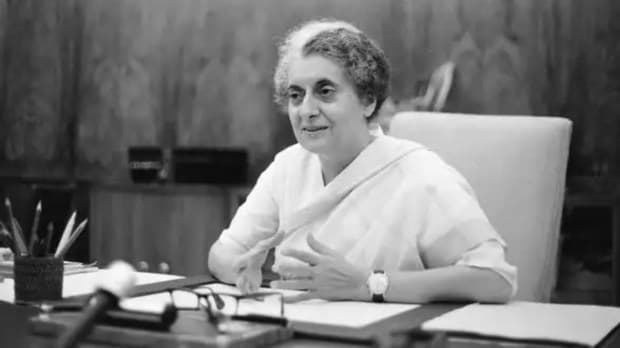
Indira Gandhi, the first woman Prime Minister of India, served for nearly 16 years over four terms. Her tenure was marked by significant events such as the nationalisation of banks, the Green Revolution, and the controversial Emergency period (1975-1977). She also led India to victory in the 1971 war with Pakistan, resulting in the creation of Bangladesh.
4. Morarji Desai (1977-1979)
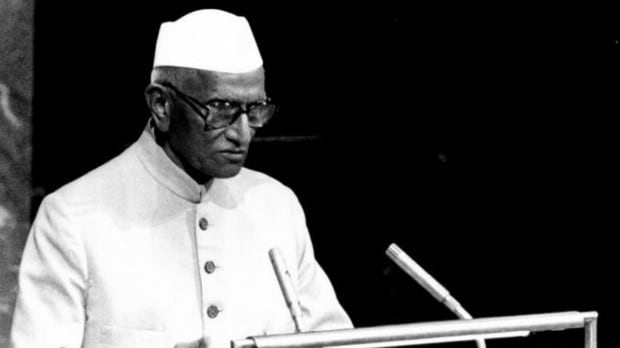
Morarji Desai led India’s first non-Congress government, serving as Prime Minister from 1977 to 1979. He prioritised promoting transparency and combating corruption within the government, laying the groundwork for ethical governance practices.
5. Charan Singh (1979-1980)

Emphasising agricultural and rural advancement, Charan Singh’s tenure was marked by a focus on these sectors. However, his administration collapsed prematurely, halting the implementation of significant policies. He held the position of Prime Minister of India for a mere 170 days.
6. Rajiv Gandhi (1984-1989)
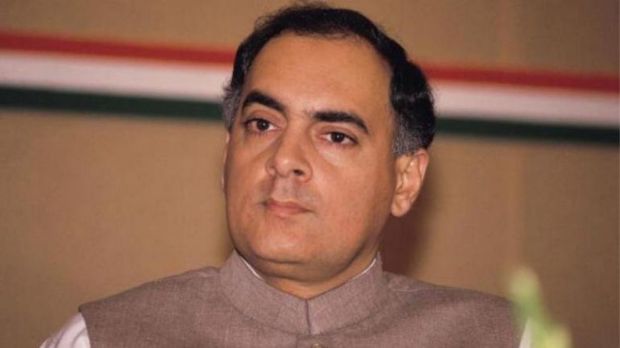
Rajiv Gandhi assumed the role of Prime Minister after the assassination of his mother, Indira Gandhi. His tenure focused on modernising India’s telecom sector and promoting technological advancements.
7. Vishwanath Pratap Singh (1989-1990)
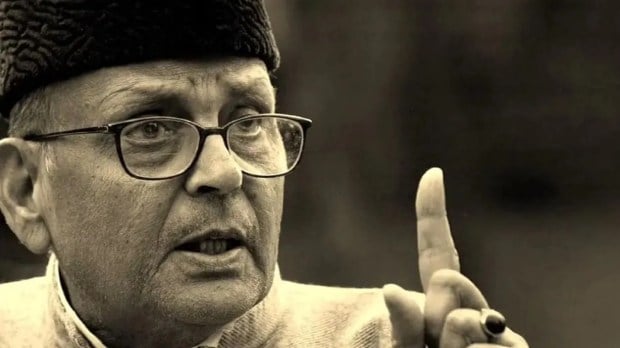
VP Singh assumed office as Prime Minister from 1989 to 1990, with a focus on social justice and empowerment. He championed the cause of Other Backward Classes (OBCs) and implemented the Mandal Commission recommendations, which increased reservations for OBCs in government jobs and educational institutions.
8. Chandra Shekhar (1990-1991)
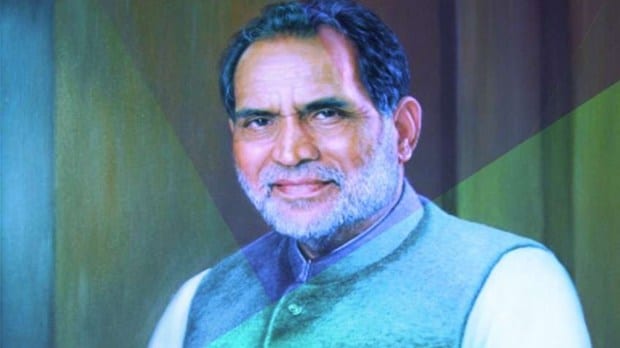
Chandra Shekhar’s brief term as Prime Minister, spanning from 1990 to 1991, was marked by formidable economic challenges. Despite the brevity of his tenure, he navigated the nation through turbulent economic waters, demonstrating resilience and strategic decision-making during a critical period.
9. P.V. Narasimha Rao (1991-1996)
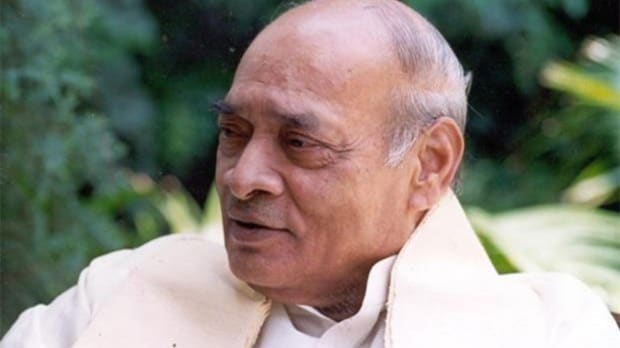
P.V. Narasimha Rao served as Prime Minister for nearly five years, during which he is credited with liberalising the Indian economy and initiating major economic reforms that transformed the country’s economic landscape.
10. Atal Bihari Vajpayee (1996, 1998-2004)
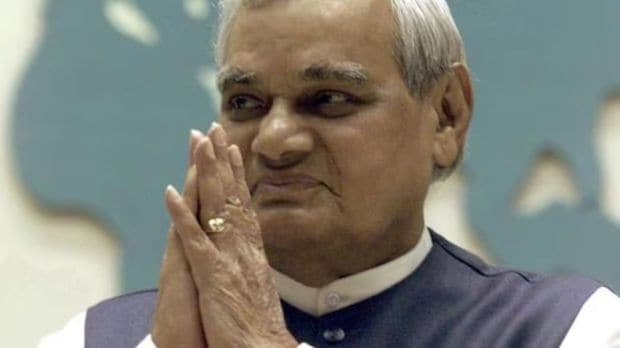
Atal Bihari Vajpayee held the position of Prime Minister thrice. His legacy includes overseeing the Pokhran nuclear tests in 1998, solidifying India’s status as a recognized nuclear power. Vajpayee also endeavoured to enhance diplomatic ties with Pakistan and spearheaded significant infrastructure endeavours, notably the Golden Quadrilateral highway network.
11. H.D. Deve Gowda (1996-1997)
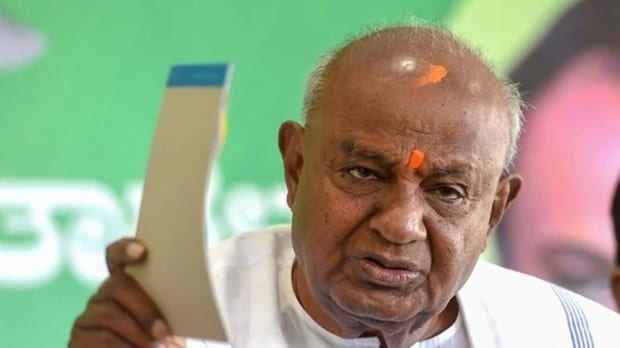
H.D. Deve Gowda, serving as the 11th Prime Minister of India from June 1996 to April 1997, directed his efforts towards agrarian issues and rural development. Despite a brief tenure, his government prioritised addressing the concerns of farmers and advancing rural infrastructure projects.
12. I.K. Gujral (1997-1998)
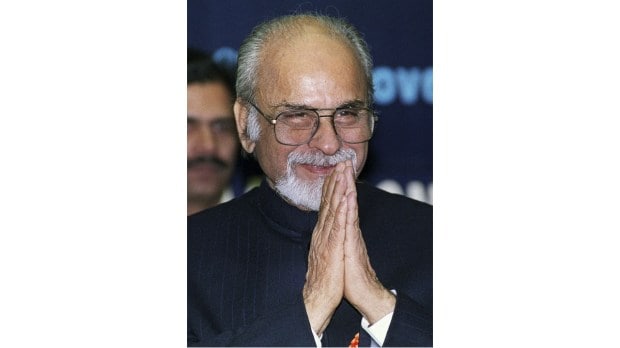
I.K. Gujral assumed the role of Prime Minister from 1997 to 1998, advocating a doctrine of pragmatic foreign policy known as the Gujral Doctrine. This policy emphasised fostering goodwill and maintaining harmonious relations with neighbouring countries, reflecting India’s commitment to regional stability and cooperation.
13. Manmohan Singh (2004-2014)
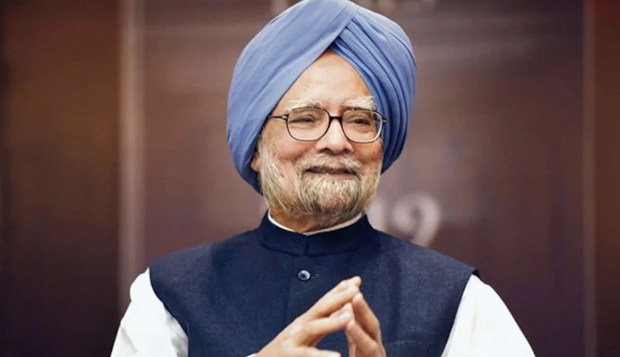
Manmohan Singh served as Prime Minister from 2004 to 2014 after a distinguished career in the finance ministry. Known for liberalising the Indian economy, his government launched major social programs like the Mahatma Gandhi National Rural Employment Guarantee Act (MGNREGA). Under his leadership, India experienced significant economic growth.
14. Narendra Modi (2014-Present)
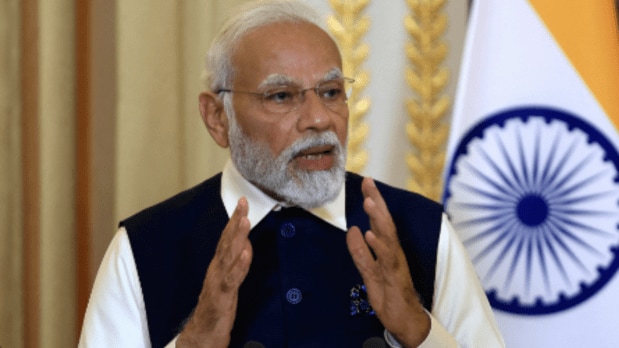
Narendra Modi has been serving as Prime Minister since 2014 and is currently in his third consecutive term. His tenure is noted for significant reforms and a dynamic foreign policy. His administration has focused on economic revitalization, infrastructure development, and strengthening global engagement.
